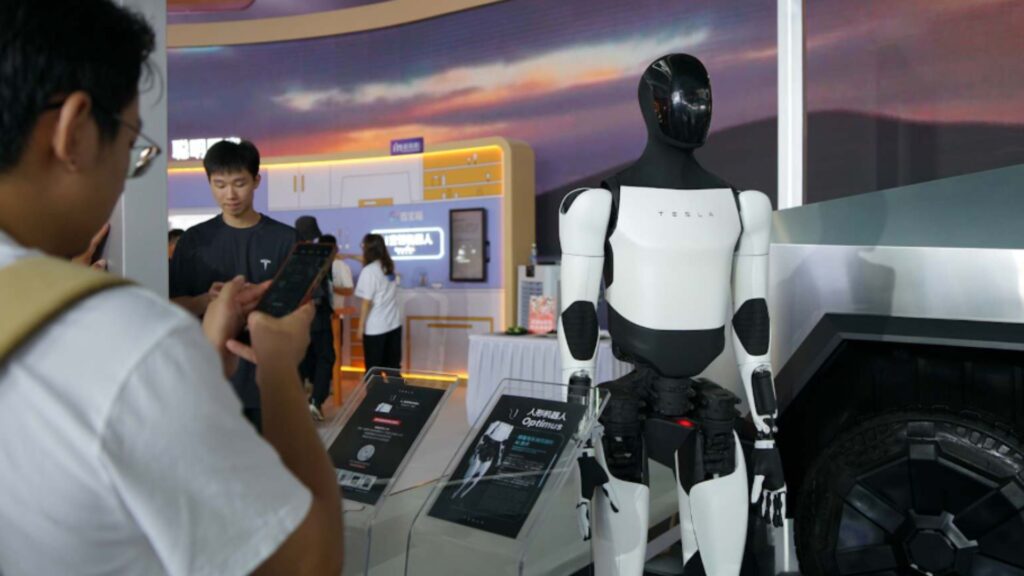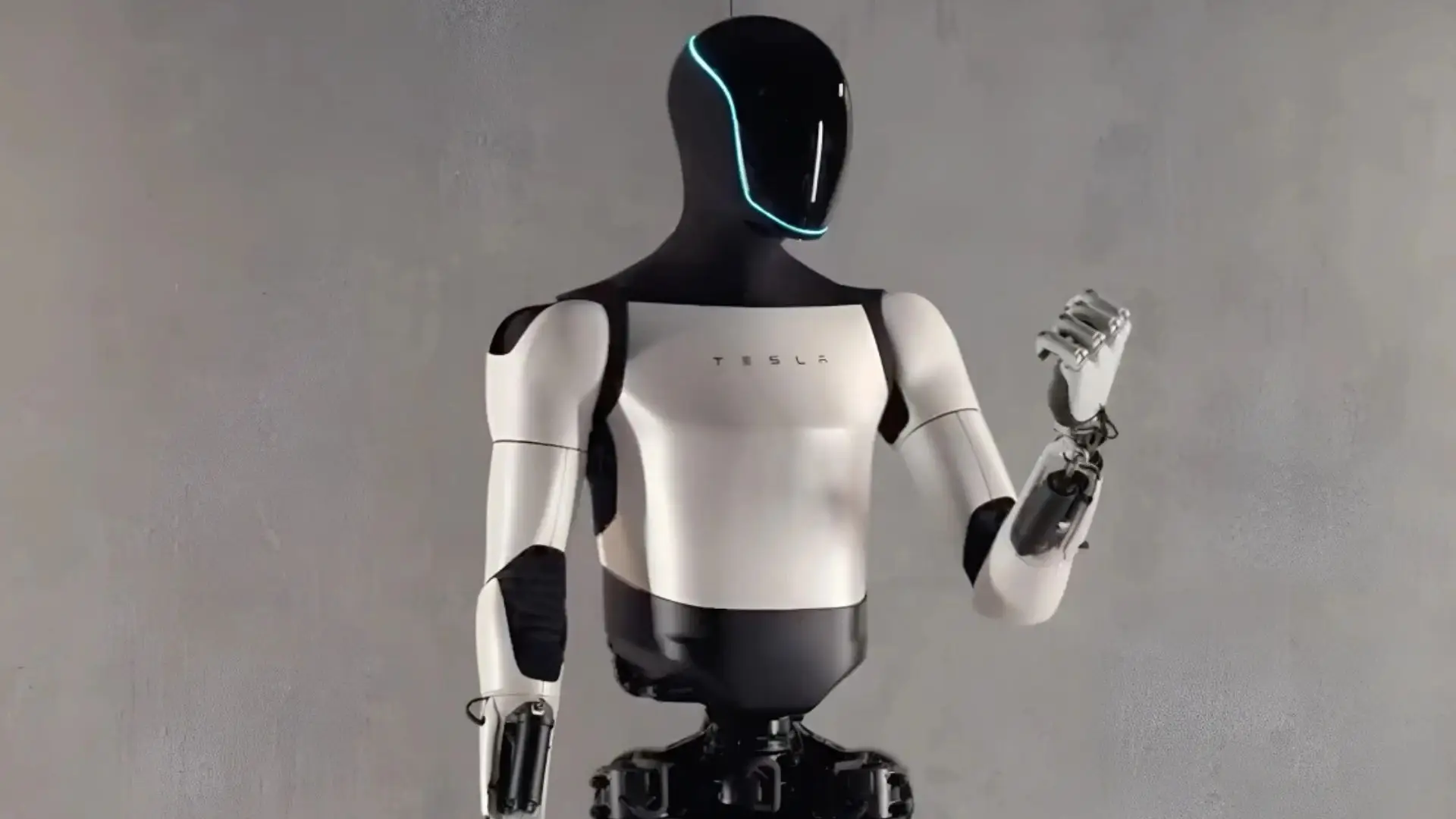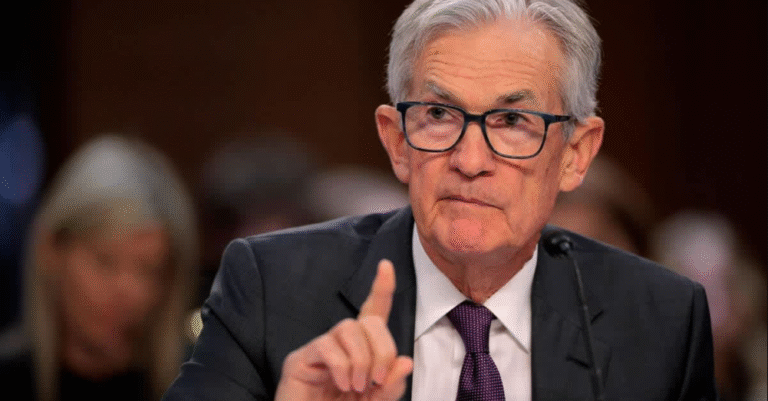
Tesla CEO Elon Musk has announced a dramatic strategic pivot away from electric vehicles toward humanoid robotics, positioning the company’s Optimus robot as the cornerstone of its future growth. In Tesla’s newly released Master Plan Part 4, Musk projects that 80% of the company’s value will eventually derive from its Optimus humanoid robots, representing a fundamental shift for a company that built its reputation on electric cars (Carbon Credits).
The ambitious vision targets transforming Tesla into a potential $25 trillion company by 2050, powered by mass production of Optimus robots priced between $20,000 and $30,000 each—a striking departure from Tesla’s original mission of accelerating sustainable transportation.
Production Challenges Cloud Ambitious Timeline
Despite Musk’s bold projections, Tesla’s Optimus program faces significant technical and production hurdles. The company had built approximately 1,000 prototype units by mid-2025 but paused production for major redesigns after engineers encountered critical challenges including battery life issues, low payload capacity, and overheating in joint motors.
Production was halted in June following the departure of Milan Kovac, the program’s original head, with responsibilities transferred to AI director Ashok Elluswamy. The redesign process, expected to take at least two months, has made Tesla’s original target of producing 5,000 to 10,000 Optimus units in 2025 increasingly unlikely. The company now projects scaling to 50,000-100,000 units in 2026 and reaching 500,000 to 1 million units annually by decade’s end, though current Optimus robots deployed in Tesla’s battery workshops operate at less than half the efficiency of human workers (Electrek).
EV Business Struggles Drive Strategic Shift
The robotics pivot comes as Tesla’s core electric vehicle business faces mounting pressure. Global EV deliveries dropped 13% in the first half of 2025, with a 40% decline in European sales and a 5% decrease in China as Chinese automakers led by BYD capture market share. Tesla’s U.S. market share fell to just 38% in August 2025—the lowest level since October 2017 and down from over 80% just a few years ago (Reuters).
Tesla’s stock reflected these challenges, declining 2.76% year-to-date before recovering approximately 8.21% following the Master Plan Part 4 announcement. The company faces multiple headwinds including expiring EV tax credits, slowing consumer demand, and intensifying competition from Chinese manufacturers.
Market Opportunity Amid Investor Skepticism
The robotics market presents substantial opportunity, with GlobalData projecting the industry will reach $218 billion by 2030 at a 14% compound annual growth rate. However, investor skepticism remains high, with some analysts arguing Tesla’s stock is overvalued if purchased solely for its EV business. Tesla chair Robyn Denholm defended the strategy, stating that only Musk can lead the company through its transition into artificial intelligence and robotics, though she acknowledged he might not remain in the CEO position permanently (Cryptopolitan).












